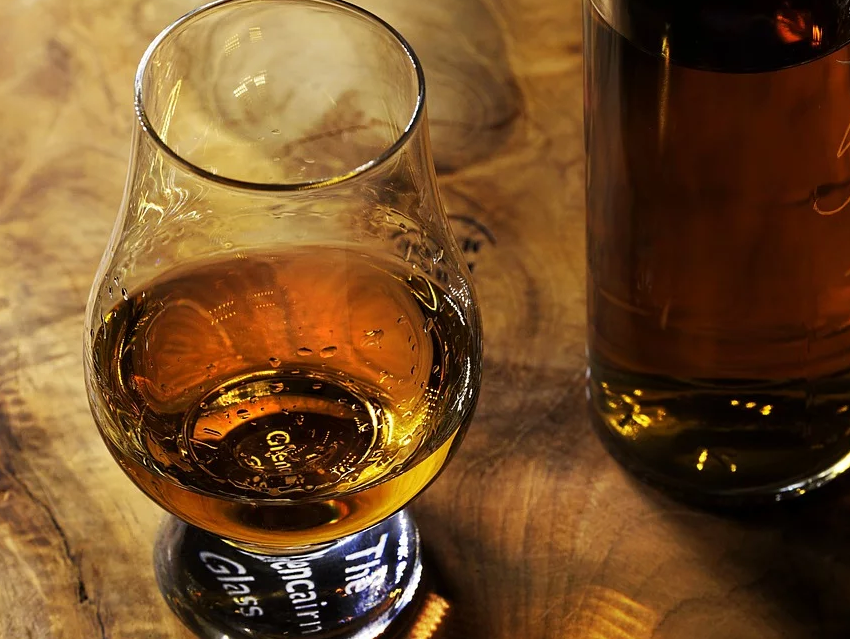The atmospheric testing of nuclear weapons in the 1950s and early 1960s has added large amounts of the isotope carbon-14 to the atmosphere. This is absorbed by living things and decays at a known rate. Therefore, an organic sample can be accurately dated by measuring how much of its carbon is carbon-14.
A major threat to the Scotch whisky industry is the sale of counterfeit single malt whiskies. Their labels say they have been distilled in the 19th and early- to mid-20th centuries, but often they are not. To help detect frauds, Gordon Cook, University of Glasgow, UK, and colleagues have used the carbon-14 method: The team measured the ratios of carbon-14, -13, and -12 in samples of different single malt whiskies of the period 1950–2015 with known production dates. By this, they created a carbon-14 and a carbon-13 calibration curve. The combination of these two curves allows the researchers to determine the distillation year of whisky distilled during the period from 1955 onwards.
According to the team, their method detected many frauds. One whisky, for example, claimed to be from 1863 and instead was made between 2007 and 2014.
- Using Carbon Isotopes to Fight the Rise in Fraudulent Whisky,
Gordon T Cook, Elaine Dunbar, Brian G Tripney, Derek Fabel,
Radiocarbon 2020.
https://doi.org/10.1017/RDC.2019.153



